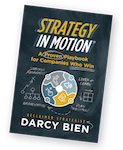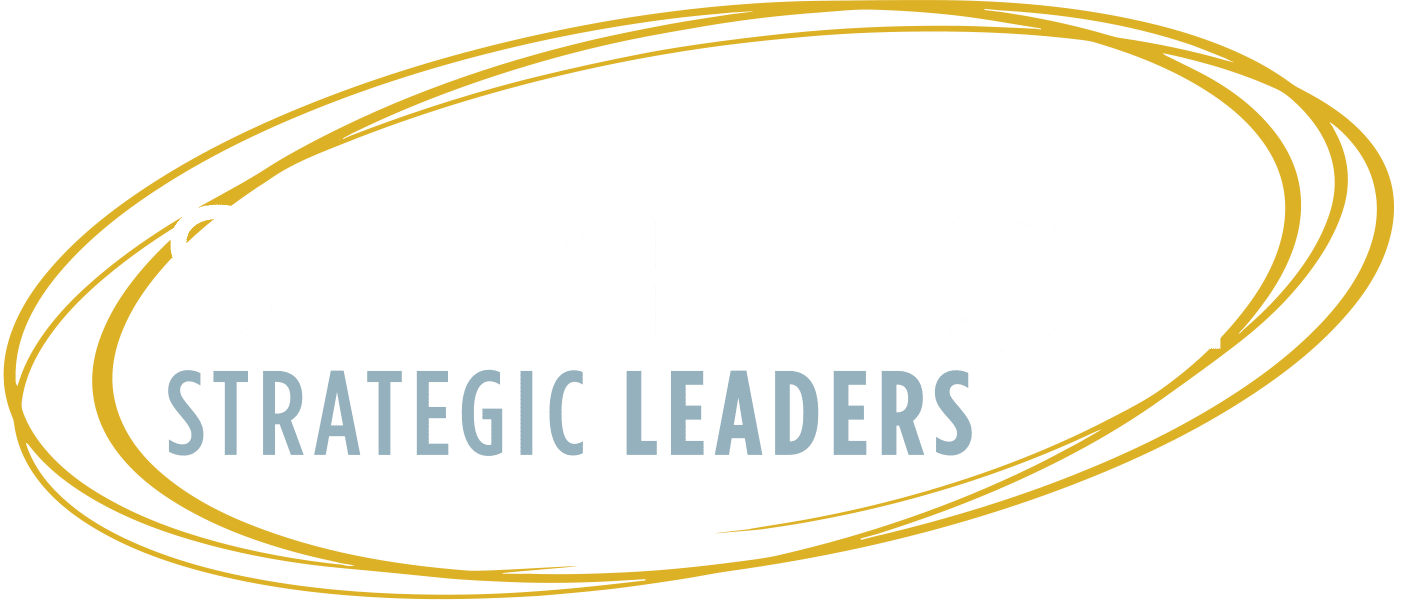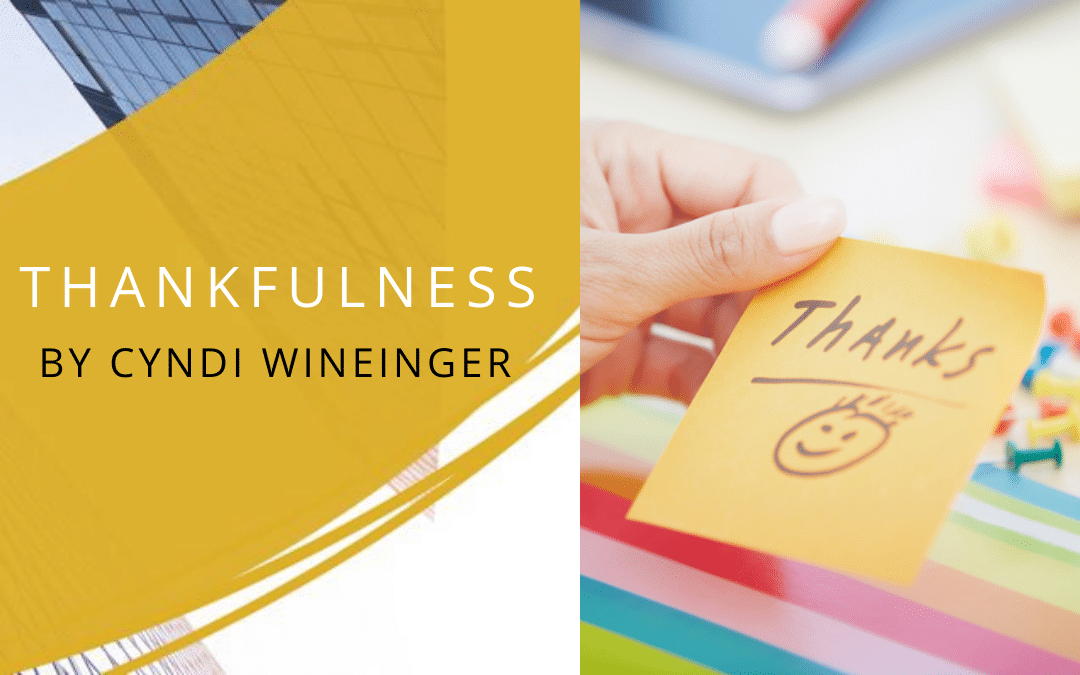Cyndi Wineinger
My birthday rolled around again this year. Shocking how that happens – they seem to be coming faster these days. This year felt different. This year, I was truly caught off guard with the sincerity, kindness, and thoughtfulness of the gifts and letters I received. I was brought to tears on several occasions by the joy I felt in my heart and soul for the people in my life. All birthdays are great, but this one made me completely thankful to be in this crazy world with you crazy people.
 As is typical of me, I started thinking about what we know about the brain and thankfulness. Is thankfulness something we control or can replicate in our lives? Does being thankful impact our resiliency or our ability to work with others?
As is typical of me, I started thinking about what we know about the brain and thankfulness. Is thankfulness something we control or can replicate in our lives? Does being thankful impact our resiliency or our ability to work with others?
I felt like I could conquer the world after feeling so “loved on” and encouraged. I felt inspired by my team from the encouragement and completely amazing gift they conspired to create. Can we impact others and build better organizations through connection and thankfulness for the people around us?
The Brain on Thankfulness
We experience thankfulness in our ventromedial prefrontal cortex; the space behind your forehead that is the decision-making part of the brain. AKA, the last part of the brain to develop in adolescents. (Yes, that part which causes them to make dumb decisions, solely because their brain hasn’t developed, and that may make you want to kick them out of the house in their teens.) This is the same area of the brain where we all make decisions on risk and reward. It is where the chemicals are released for pleasure. (Again, for you with at doing at-home education of teens, this area is not fully developed until into the 20s, so set your expectations accordingly!)
Thankfulness is also related to our ability to be grateful. It happens when we make a conscious choice to create a positive attitude: an aware decision to be appreciative and thankful. By choosing to be thankful/grateful, we release all our happy chemicals (dopamine, serotonin, etc.) and we literally FEEL the impact.
How do we Build Lasting Thankfulness?
- GIVE TO OTHERS: Curiously, in new work by Dr. Kristina Karns, a Neuroscientist at the University of Oregon, thankfulness and gratitude have been shown to be more pronounced when we are intentionally giving to others. In her research, the brain responded to experiencing the impact of seeing others receive a donation or meaningful gift more than in receiving something or buying something for oneself. This was especially true in charitable giving in contrast to social/family giving.
- GIVE EXPERIENCES: In the same pattern, research has found that the giving or receiving of an experience has a much longer impact on our thankfulness than a one-time gift. Apparently, the brain loves to envision the experience ahead and to anticipate the event. Hearing about how a person went through the event and enjoyed the gift is better than just handing over an item.
- GIVE WORDS OF AFFIRMATION: My favorite Neuroscientist, Dr. Martin Seligmen, who founded the Positive Psychology movement, also recommends the same approach as Dr. Karns. Anticipation and savoring of the experience stretch the impact of thankfulness and gratitude. He found that taking time to write an affirmation letter or gratitude note to someone and then verbally reading it to them sent the brain in to happy chemical nirvana. The experience of planning, and then connecting, and then seeing the impact lit up the happy brain waves. (Great substitute for a Dirty Santa event to build your team.)
We actually have the ability to improve our lives through intentional giving to produce gratitude. But what about the old-fashioned Gratitude Journal. Does it work?
Dr. Seligman and his team found if we actively study our lives to find positive experiences and write them down EVERY day, we don’t experience as much joy as when we spread out our gratitude journaling. Apparently, we have a Hedonistic Adaptation to gratitude. He found that if you keep a gratitude journal every day, you mellow out to the good things in your life. Basically, we get used to the good life and it doesn’t have the same impact as giving ourselves time to really feel thankful instead of searching for something to record. He recommends practicing gratefulness for only 2 or 3 days a week to keep your brain from adapting.
Being thankful is an important part of resiliency. As we head into another year, I hope and pray you have many things to be grateful for in your life. And I hope you will build thankfulness in your life intentionally by giving to others. It truly is the best feeling.


